Breeding Racing Pigeons is Easy by Dr. Wim Peters
 Get two pigeons, one of either gender, provide them with a loft, nesting material and a secluded spot and before long, on average 10 days later, the hen will have laid two eggs. Hatching begins immediately and after 18 days baby pigeons pip out of the shells.
Get two pigeons, one of either gender, provide them with a loft, nesting material and a secluded spot and before long, on average 10 days later, the hen will have laid two eggs. Hatching begins immediately and after 18 days baby pigeons pip out of the shells.
About 4-5 weeks later they leave the nest, more or less at the time that the new set of eggs are ready to hatch. No problem here at all. It’s merely a case of pigeons doing the work that nature has programmed them to do to ensure survival of the species.
On the other hand, breeding pigeons that can regularly win races or end amongst the first back when raced is not easy. In fact it is a road strewn with the ‘corpses’ of many fanciers who tried, red herrings, false starts and lots of money scattered along the way. But in spite of all, the hopes and dreams of those who try live on.
Blessed are those who, in the face of overwhelming odds, bites the bullet, persist and eventually breed a champion. Then, having proven itself as a superlative racer the champion bird is retired to the breeding loft, while its owner cannot wait to test the first progeny. His breeding enthusiasm having been rekindled, he dreams on with hope and anticipation. But in his thoughts one query keeps revolving; “Can the champion racer now reproduce its own kind, that is, birds that are better than the rest and with that special talent lift the loft to a new and exalted plane?” Chances are it cannot, but ‘hope springs eternal from the human breast’. (I am convinced that whosoever first coined the phrase must have had pigeon fanciers in mind!!)
But there are such birds that become super breeders. We know this and fondly hope that one of ours will become such. This is the hope that keeps stock sales, one-race loft auctions and clearance sales alive, as most fanciers are forever looking for that one purchase to improve an established family and bring fame and fortune.
The demand for the best is so high that veritable fortunes are counted down – such as happens every year at Sun City and where the sale of Birdy recorded a never-to-be-forgotten record-breaking event. There is some justification for the fact that the Sun City auctions demand such astronomical figures; after all the birds do emanate from some of the very best lofts in the world. But as we all know being a good racer, is not the same as being a good breeder.
There is one way and only one way, to determine the breeding value of any pigeon and that is to test its offspring in races. And mating with just one partner is not good enough either, a second or even a third mate may have to be tried before its value as a breeder can be established with any degree of accuracy.
One thing is clear however and that is that the price paid for any pigeon whether it is on a public auction or in a private deal, is never a measure of the bird’s breeding value.
Breeding Racing Pigeons is Easy by Dr. Wim Peters

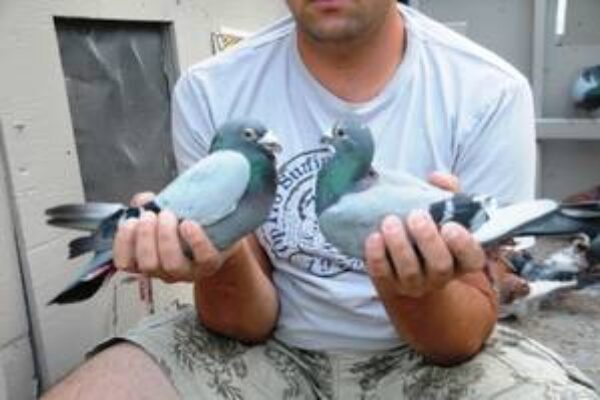
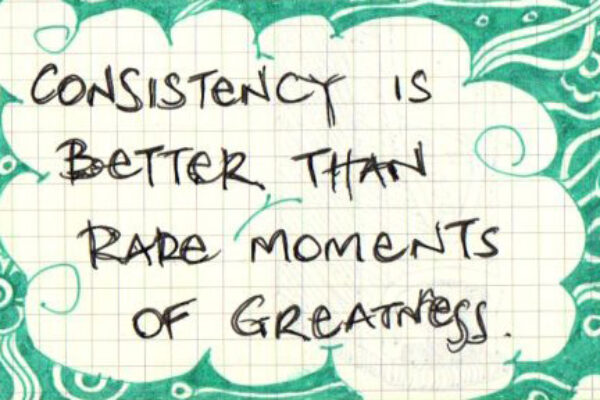
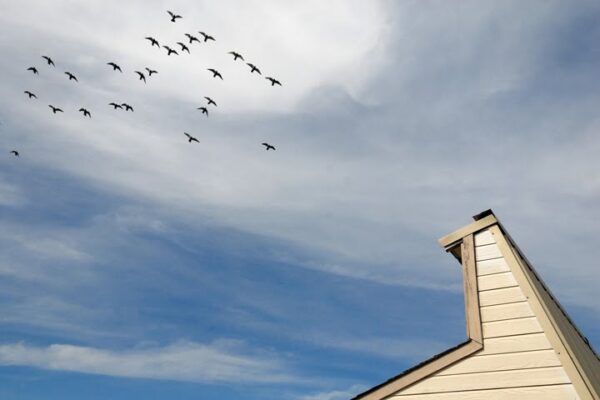

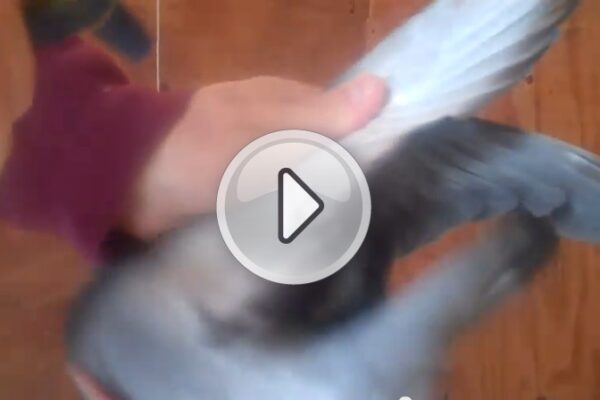
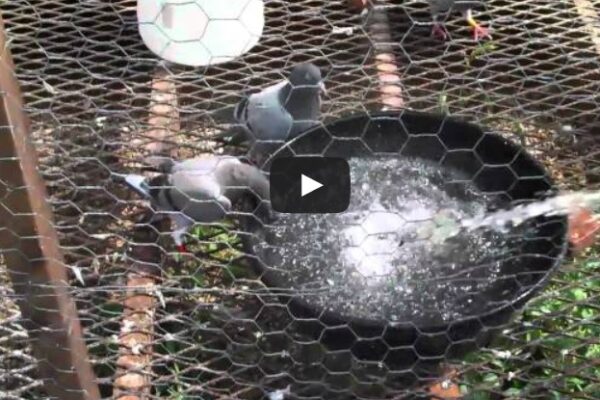


Having spend a lifetime racing pigeons and also having discussed the topic of winners breeding winners with numerous top fanciers, the consensus appears to be that 6 out of 10 winners are useless as stock pigeons and produce nothing of value and the other 4 out of 10 grade from useful to very good producers
Congratulations Nick Kaparos!
Brief as your comment is, 55 words, you have made an exceptionally useful statement, especially for young flyers who are looking to to breed competition stock. I fully understand and that you are not offering those numbers as absolute. I’m sure they are a generalization; however they give the neophyte breeder a good vision of what to expect from her/his own breeding efforts. Those results may not be as good as the numbers you offer. Or they may be better, but the numbers you offer have given new breeders a way to measure whether or not they are on the right track.
Thank you for offering this most useful yardstick to those of us just getting started in the pigeon breeding business!